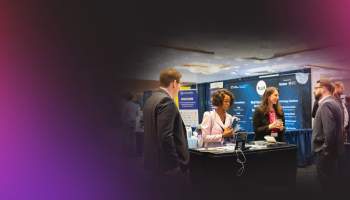Insights
Driving innovation forward through key insights
Filter by:
Type
Topic
Service
Industry


Podcast
Beyond the rails: how freight transportation has been quietly leading the AI revolution

Jason Hehman
Vertical Lead - Industry 4.0

Event recap
Manufacturing's digital moment: key takeaways from Connected Manufacturing Forum 2025

Adam Schanfield
Principal Strategist

Blog
What the AI Readiness Assessment revealed about mid-market leaders

Adam Schanfield
Principal Strategist

Blog
Why AI-ready data is about context, not just cleanliness
Charlene Tshitoka
Blog
How mid-market industrial firms win in the digital era

Adam Schanfield
Principal Strategist


Blog
Igniting excellence with AI, agility, and leadership

Adam Schanfield
Principal Strategist

Blog
Manufacturing’s crossroads: people, data, and the path forward
Multiple Authors

Blog
IoT Digital Twins: Integration Approaches for Small vs. Large Manufacturers

Jason Hehman
Vertical Lead - Industry 4.0

Let’s start a conversation
Let's shape your insights into experience-led data products together.






